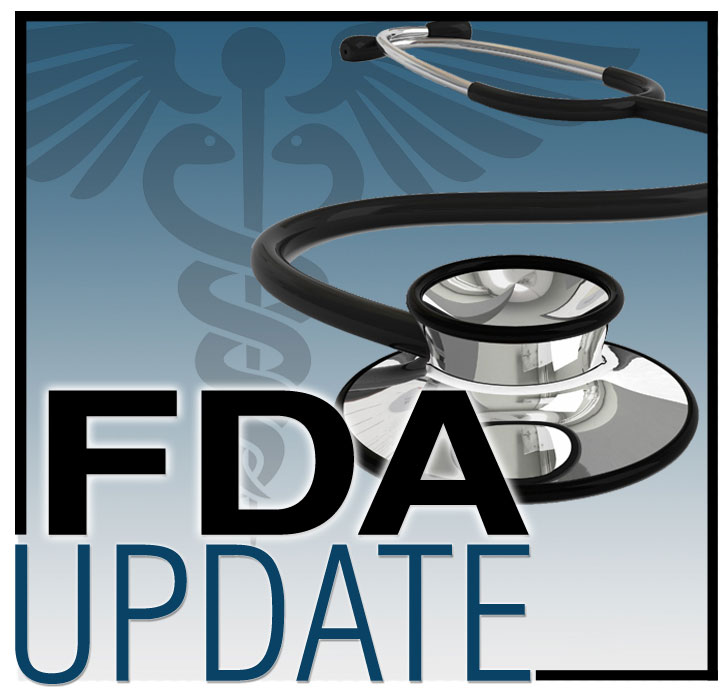On June 29, 2020, the U.S. Food and Drug Administration (FDA) approved a new fixed-dose combination of pertuzumab, trastuzumab, and hyaluronidase-zzxf (Phesgo™) via subcutaneous injection for use in combination with docetaxel to treat patients with HER2-positive metastatic breast cancer who have not received prior anti-HER2 therapy or chemotherapy for metastatic disease.

FDA also approved the trio for use in combination with chemotherapy as:
- Neoadjuvant treatment of patients with HER2-positive, locally advanced, inflammatory, or early-stage breast cancer (either > 2 cm in diameter or node positive) as part of a complete treatment regimen for early breast cancer
- Adjuvant treatment of patients with HER2-positive early-stage breast cancer at high risk for recurrence
Efficacy was investigated in an open-label, multicenter, randomized trial (FeDeriCa; NCT03493854) enrolling 500 patients with operable or locally advanced HER2-positive breast cancer. Patients were randomized to receive neoadjuvant chemotherapy with concurrent administration of either pertuzumab, trastuzumab, and hyaluronidase-zzxf or pertuzumab and trastuzumab, both via IV, during the neoadjuvant and adjuvant therapies.
The trial’s primary endpoint was noninferiority of cycle seven pertuzumab serum trough concentration comparing pertuzumab, trastuzumab, and hyaluronidase-zzxf to IV pertuzumab. Secondary endpoints included cycle seven trastuzumab serum trough concentration, pathologic complete response (pCR), and safety.
Pertuzumab, trastuzumab, and hyaluronidase-zzxf showed noninferior pertuzumab and trastuzumab serum trough concentrations compared to pertuzumab and trastuzumab via IV.
pCR rate was 59.7% (95% CI = 53.3, 65.8) in the pertuzumab, trastuzumab, and hyaluronidase-zzxf arm and 59.5% (95% CI = 53.2, 65.6) in the pertuzumab and trastuzumab arm. The safety profile of pertuzumab, trastuzumab, and hyaluronidase-zzxf is comparable to pertuzumab and trastuzumab via IV, except for increased administration-related reactions.
The most common adverse reactions (> 30%) were alopecia, nausea, diarrhea, anemia, and asthenia.
The recommended initial dose of pertuzumab, trastuzumab, and hyaluronidase-zzxf is 1,200 mg pertuzumab, 600 mg trastuzumab, and 30,000 units hyaluronidase-zzxf administered subcutaneously over approximately eight minutes, followed every three weeks by a dose of 600 mg pertuzumab, 600 mg trastuzumab, and 20,000 units hyaluronidase-zzxf administered subcutaneously over approximately five minutes.
View full prescribing information for pertuzumab, trastuzumab, and hyaluronidase-zzxf.
The review used Assessment Aid, a voluntary submission from the applicant to facilitate FDA’s assessment. FDA approved the application four months prior to its goal date.
Healthcare professionals should report all serious adverse events suspected to be associated with the use of any medicine and device to FDA’s MedWatch Reporting System or by calling 800-FDA-1088.
For assistance with single-patient oncology investigational new drug applications, contact the Oncology Center of Excellence's Project Facilitate at 240-402-0004 or email OncProjectFacilitate@fda.hhs.gov.





